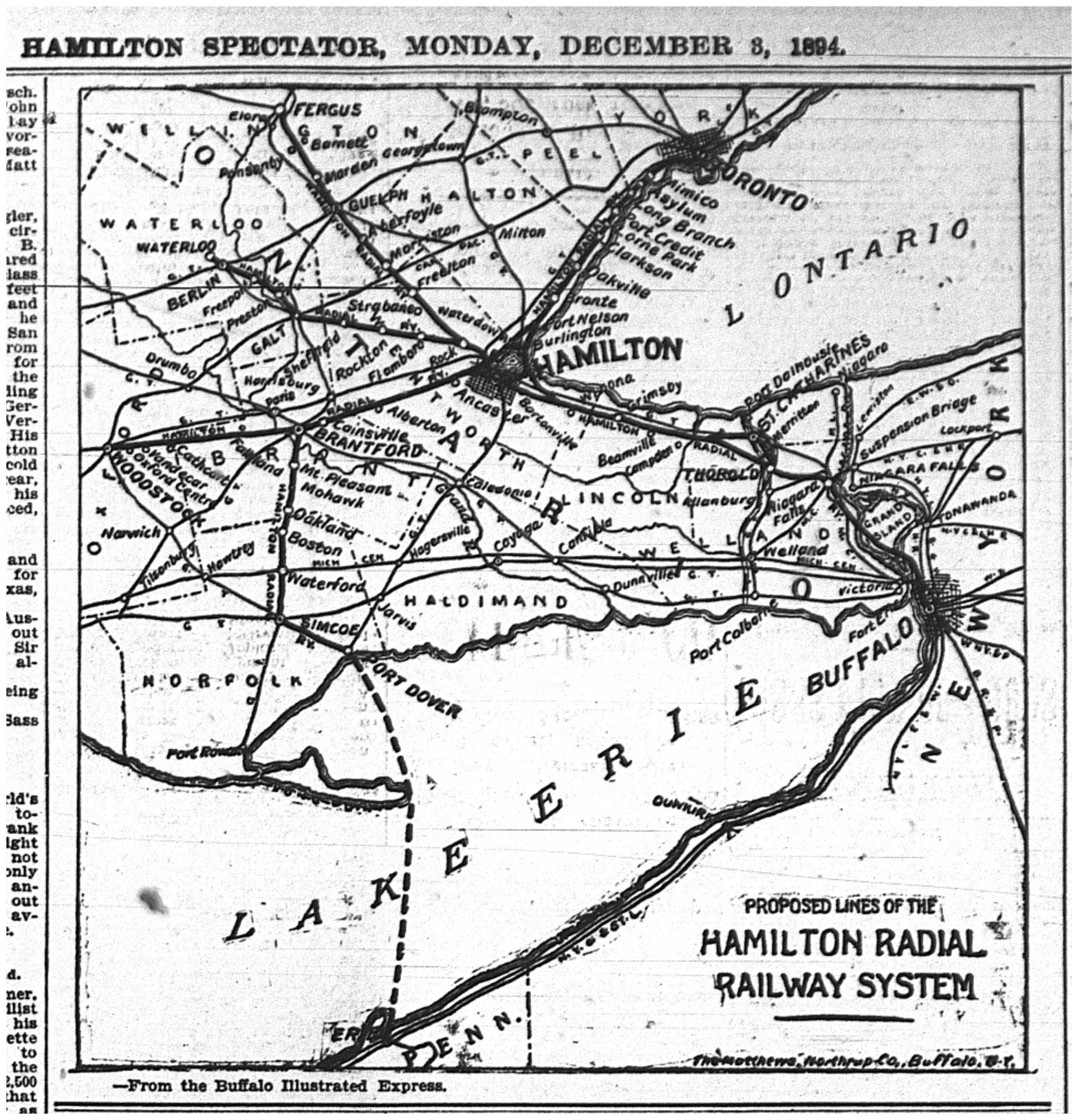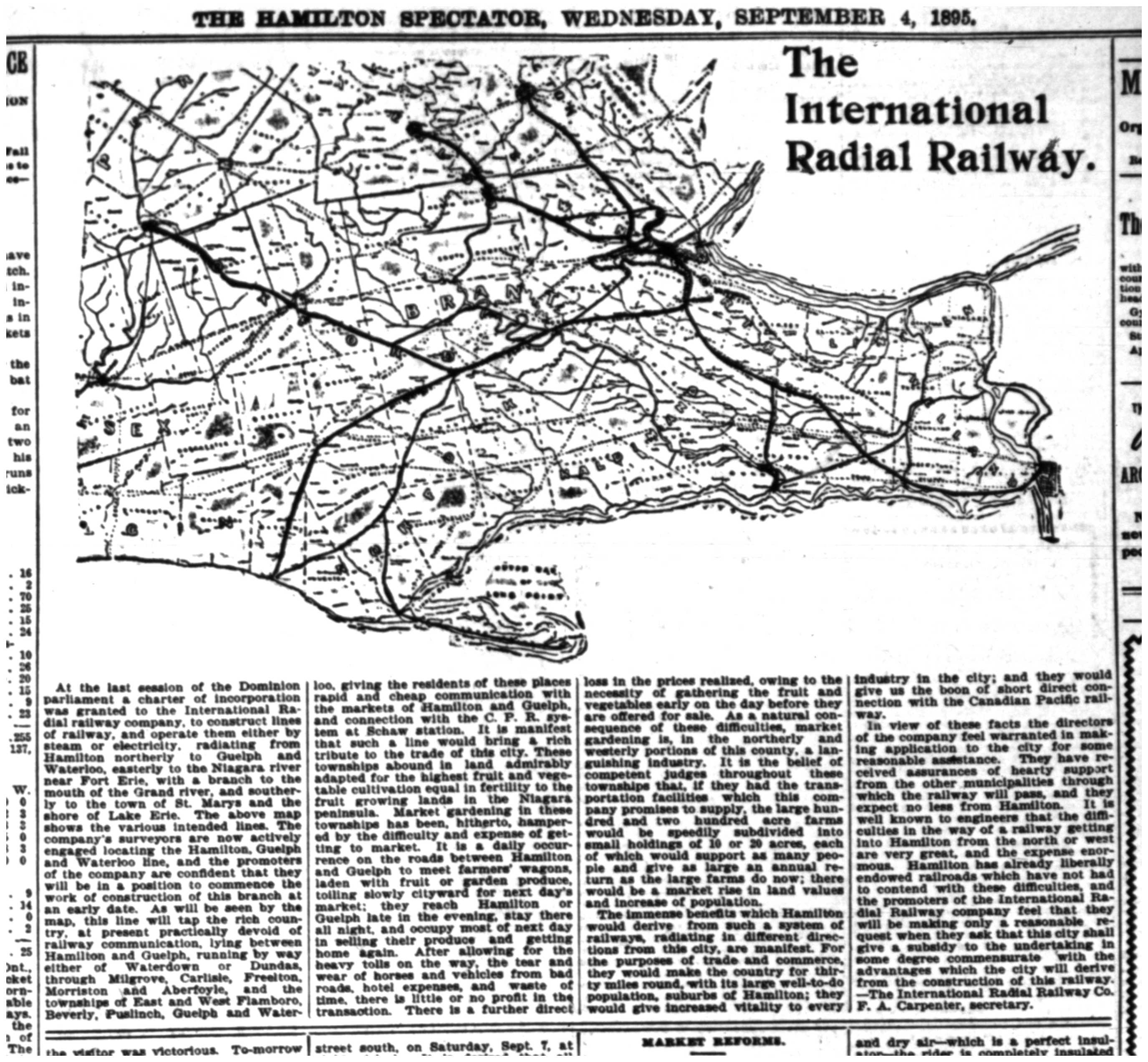Good luck with that. In
May 2009 Ontario and Canada announced full funding for the Sheppard East LRT which was to open in 2013. In April 2009 t
he province announced the Finch West LRT and Eglinton LRT would be 100% provincially funded, with Finch West opening in 2013 and Eglinton opening in 2016. At that time, Finch West was to go all the way from Don Mills Road to Humber College, with a branch down Don Mills Road to Don Mills station.
Two words:
Rob Ford
Right now, we have a surprisingly
pro-LRT city council,
pro-LRT province, and
pro-LRT federal -- which will remain stable through to fall 2018. This will help all of us,
just like City of Ottawa or City of Kitchener-Waterloo to go at
full throttle through to the next election. Once all the pieces aligned, they quickly got to the procurement phase.
Stop thinking "Toronto size". Turn your head and look at Calgary, Ottawa, Kitchener-Waterloo, all similar sizes. Cities of similar sizes to Hamilton (at least in the same order of magnitude, not the next level higher) once approved, often have the project getting rolling more quickly.
IWhile not everybody loves our mayor, let's consider
Mayor Fred Eisenberger is from Amsterdam a transit-friendly city, and just went travelling recently there,
renting a bike to get around while on vacation. He has come of quite pro-LRT on his twitter conversations.
We have our own dramas, and yes, we had crazy stadium drama and delays (
but pointing out the obvious: stadium still got built, and on time for PanAm Games), but we aren't Brampton where a bare majority don't want LRT. Today, the majority on the council wants LRT.
There is an element of concern of keeping our city accountable. Mr. Ferguson, a rural city councillor, who has construction interests in that his constituency has a lot of construction companies, has the reputation of calling out on City of Hamilton in his criticisms. In one view, this is a rightful concern of keeping the city accountable, and in another view, it produces a Chicken Little headline that is one ten-thousandths Rob Ford panic-worthy at all in a project timeline basis. Afterwards, even Metrolinx reports Hamilton LRT being on time relative to the current internal milestones. Ferguson simply wants to accelerate shovels to 2018, rather than 2019, which I don't think is practical (albiet it would produce a stronger lock-in).
Hundreds of enthusaic citizens just recently started
following the renewed Hamilton LRT advocacy on Twitter (started up barely more than 2 months ago). We now have
more followers than the Brampton LRT advocacies,
and in only two months!!!! The Hamilton LRT advocacy organization fully intend to keep Our City with their nose to the grindstone -- in a manner of speaking as citizens do want to keep the city accountable.
Any concern of delays that pops up, we already know quite immediately and will act upon it, too. We have a fast-growing number of volunteers (and now we need a volunteer to manage all the vounteers...)
I have watched the political climate behind many transit developments, and this one is looking pretty good. Expect TONS OF DRAMA, but that the Hamilton LRT will be built -- we have a window thru later 2018 to lock-it-in before any one of the three levels of governments have a new election.
Based on precedent of similar governments under similar political conditions, the odds are far better than 50-50 now (
arguably closer to 80%+ odds) from three different pre-existing Canadian examples (Calgary, Kitchener-Waterloo, and Ottawa) watching them annually for the last 20 years, and their equivalent similar-levels of drama at similar progressions. Toronto is the government/statistical outlier here, due to its massive size which makes it difficult to focus on just one single project at a time. So, please, for municipalities the size of Hamilton, stop being stuck on the Toronto precedents, as that obviously doesn't apply to multiple cities that are in the same order of magnitude to Hamilton's size and also currently in positive political sentiment (unlike Brampton).
So let's focus on what is needed to make this happen, keeping the city accountable.
Yes, yes, yes, construction delays may happen, and I would count on it (e.g. 2025 instead of 2023-2024) but locking it in by 2018 is quite doable from the precedents of other similar sized cities that locked it quite quickly on time before their respective elections (with large cancellation penalties). Even Ottawa failed the first time around (the Airport/Barrhaven LRT) and it went back to the drawing board, but once Ottawa got a favourable plan and full funding, it went full throttle ahead. Hamilton already kind of failed a few years ago, but now funding happened --
For example, one of our volunteers (Charles) apparently, coincidentially lives next door to one of the city councillors (Jason Farr, chair of LRT sub-committee) and is a friend of him, and is an Urban Studies student! Through many contacts, we are able to keep a close monitor on the pulse of the LRT, as well as local public sentiments. Many are highly engaging on Twitter, farmoreso than Toronto councillors, and will allow a good, close-monitoring of the health of the Hamilton LRT schedule.



